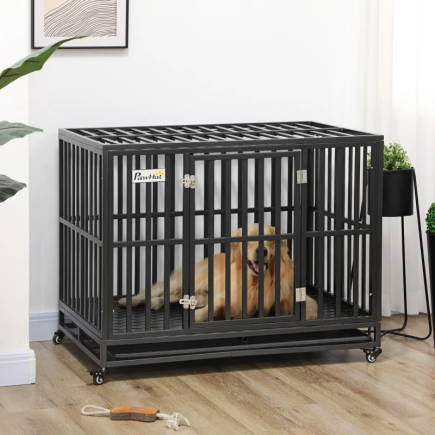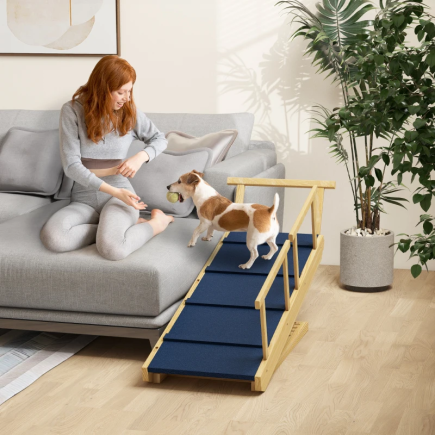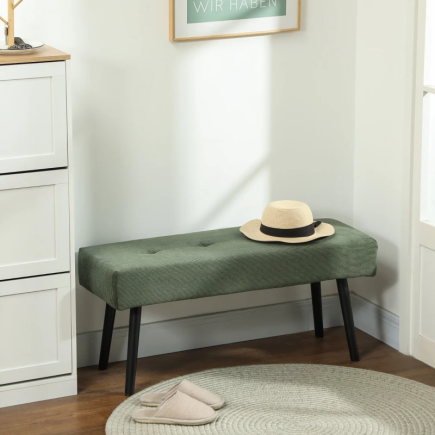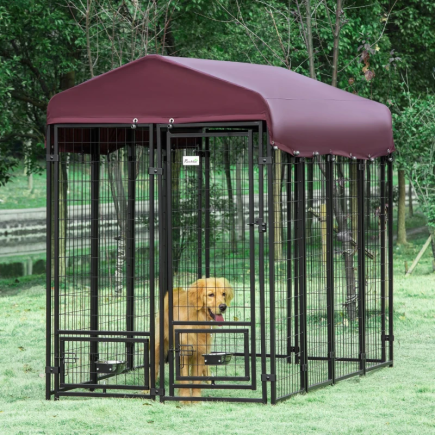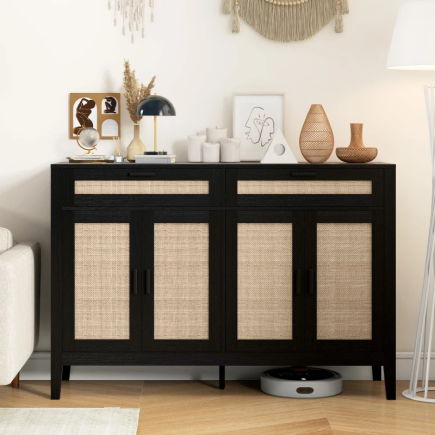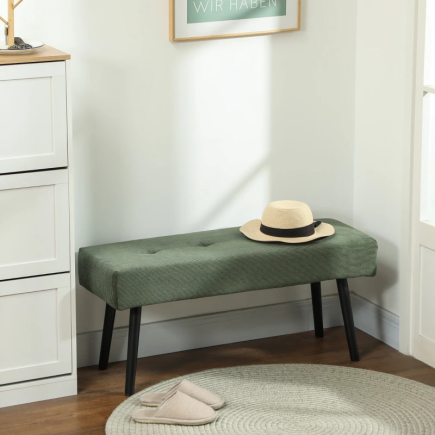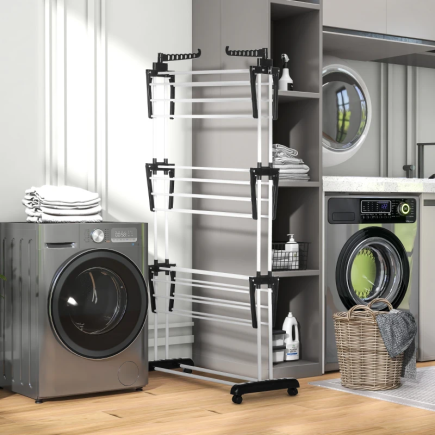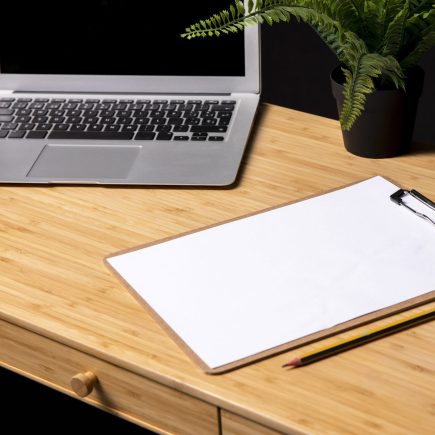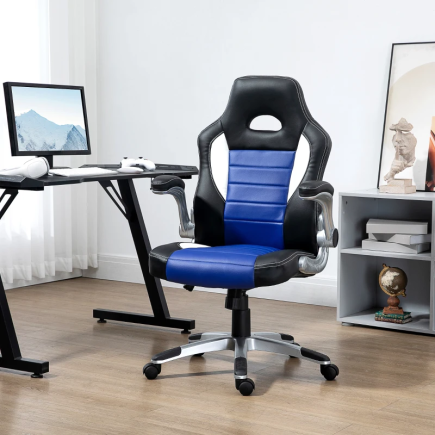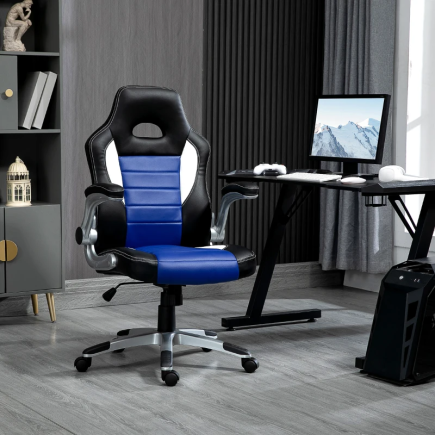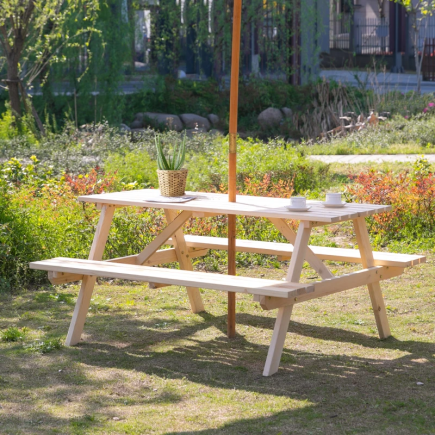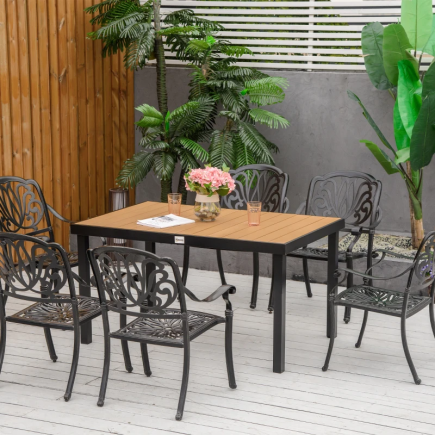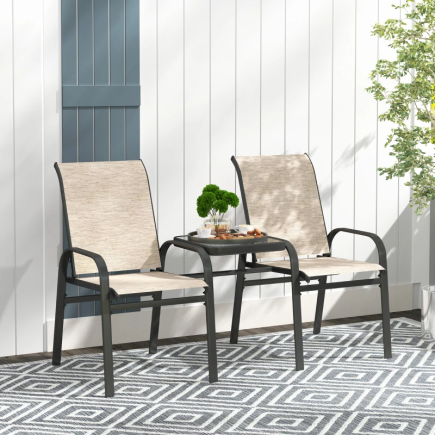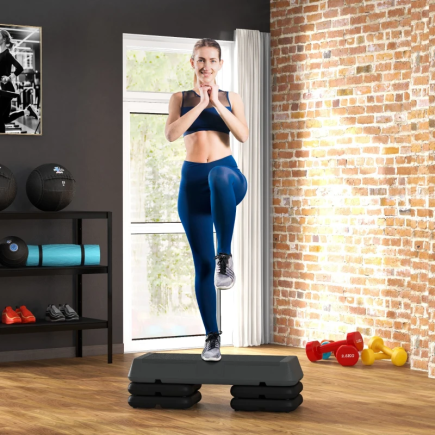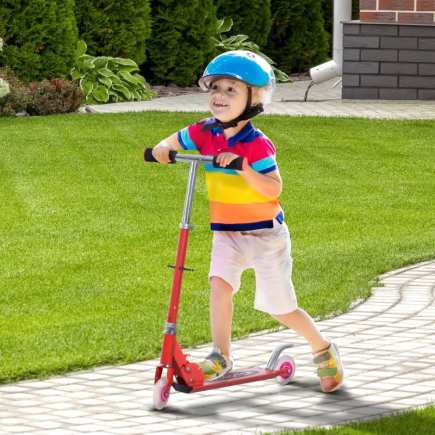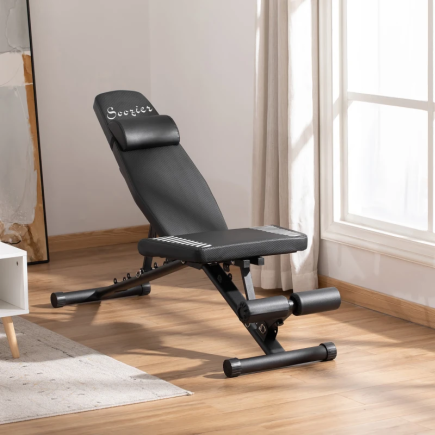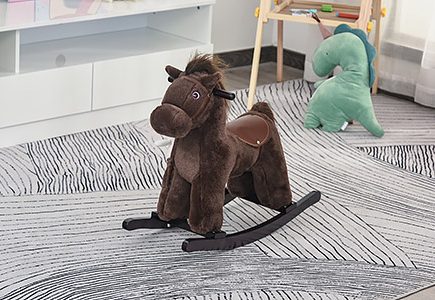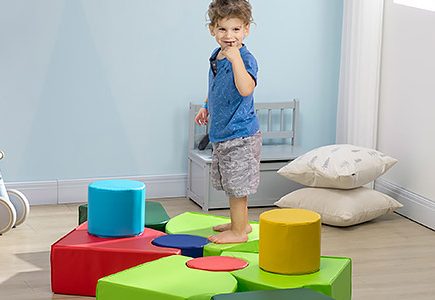
Building your own coffee table is a rewarding project that allows you to create a unique, functional piece of furniture for your home. Whether you want a rustic, modern, or industrial style, making a coffee table from scratch can be done with a few tools and the right materials. Follow these 10 detailed steps for a sturdy and stylish DIY coffee table.
Step 1: Gather Your Materials and Tools
Materials:
- Wood Boards: Choose hardwoods like oak, maple, or pine. For a rustic or modern look, plywood or reclaimed wood can also be used.
- Wood Glue: Essential for joining wood pieces together.
- Screws: Use wood screws for securing parts.
- Finish: Stain, paint, or clear coat (polyurethane) for protecting and enhancing the wood’s appearance.
- Optional: Metal pieces for legs or accents (if building an industrial or modern style).
Tools:

- Circular Saw or Table Saw: For cutting wood accurately.
- Miter Saw: For precise crosscuts and angled cuts.
- Drill and Screws: For assembling the parts together.
- Sander (Orbital or Hand Sanding Block): To smooth out rough surfaces and edges.
- Measuring Tape and Carpenter’s Square: To ensure accuracy in dimensions and angles.
- Clamps: To hold pieces in place while glue dries.
- Kreg Jig (Optional): To make professional pocket hole joints for better strength.
Step 2: Decide on the Coffee Table Design
Before cutting any materials, decide on the design of your coffee table. This step is critical because it will guide your choice of materials, dimensions, and style.
Common Styles:
- Rustic Wooden Table: A natural, farmhouse-inspired look with distressed wood and a warm finish.
- Modern Minimalist Table: Clean lines, simple rectangular shapes, and a smooth, polished surface.
- Industrial Table: A combination of wood and metal, with exposed hardware and sturdy legs.
Design Features to Consider:
- Size: Standard coffee tables are about 48″ x 24″ x 18″ (L x W x H), but you can adjust based on your space.
- Shape: Rectangular is most common, but you can go for round or square shapes.
- Storage: Consider adding a shelf or drawer for extra functionality.
Step 3: Measure and Cut the Wood

Accurate measurements are key to ensuring the table fits perfectly in your space.
Cutting the Top:
- Measure the wood: Use a measuring tape to mark out the dimensions for the top of your coffee table. Standard sizes are 48″ x 24″, but adjust as needed.
- Cut the boards: If you are using multiple boards for the tabletop, cut them to the desired length. You can join them using wood glue or screws.
Tip: For a smooth, even surface, use a table saw or circular saw.
Cutting the Legs:
- Measure leg height: Decide on the height of your coffee table. A comfortable height is around 18 inches.
- Cut four legs: Use 4×4 wood pieces or metal, depending on your chosen style.
Step 4: Assemble the Coffee Table Top

If you’re using multiple boards for the tabletop, glue them together to create a seamless surface.
- Apply wood glue: Spread glue on the edges where the boards meet.
- Clamp the boards: Use clamps to hold the boards together tightly while the glue dries.
Pro Tip: If you’re making a large tabletop, you might want to use screws in addition to glue for extra strength. Use a Kreg jig for hidden screws to keep the surface smooth.
Step 5: Sand the Table Surface

Sanding smooths the surface, removes imperfections, and prepares it for finishing.
- Start with rough grit: Begin with 80-grit sandpaper to remove any rough areas and surface glue.
- Progress to finer grit: Move to 120-grit sandpaper for a smoother finish, followed by 220-grit for an ultra-smooth surface.
- Edge sanding: Be sure to round off the edges and corners to give them a finished look.
Step 6: Attach the Legs

Now that the tabletop is ready, it’s time to add the legs.
Attaching Wooden Legs:
- Mark the position of the legs: Mark where the legs will be attached on the underside of the tabletop.
- Drill pilot holes: Pre-drill holes for screws to avoid splitting the wood.
- Screw the legs on: Attach each leg securely using wood screws. You can also reinforce the legs with wood glue for added stability.
Using Metal Legs:
If you’re going for an industrial look, metal legs can be a great choice. Attach them using brackets or screws. Make sure the legs are securely fastened.
Step 7: Add Extra Features (Optional)
Enhance your table with additional features for functionality and style.
Adding a Lower Shelf:
- Measure and cut: For extra storage, cut another piece of wood to serve as a shelf beneath the tabletop. This is a great option for a rustic or farmhouse-style table.
- Attach the shelf: Use brackets or a frame made from wood for extra support.
Decorative Trim:
- Add trim: You can add decorative trim around the edges of the table for a more polished, upscale look.
Step 8: Finish the Table with Paint or Stain
Now that the table is assembled, it’s time to apply the finish. This step adds color, highlights the wood grain, and protects the surface.
- Apply stain (optional): Use a cloth or brush to apply wood stain if you want a natural or dark finish. Wipe off any excess.
- Paint the table (optional): For a modern look, you might want to paint the table. Choose a color that complements your space.
- Apply polyurethane: For a smooth, durable finish, apply a coat of polyurethane or varnish. This will protect your table from scratches and spills.
Step 9: Sand the Finish

Once the paint or stain has dried, lightly sand the surface with fine-grit sandpaper (220 grit) to smooth any imperfections and provide a better surface for the next coat.
Tip: Sand between coats of polyurethane for the best finish. Don’t over-sand, though just smooth out any raised grain or rough spots.
Step 10: Final Assembly and Placement

Once everything is dry and the finish is complete, it’s time for the final assembly.
- Check for stability: Ensure all screws are tightly fastened, and the table is stable on all four legs.
- Place the table in your living room: Now, set your new coffee table in place and add some décor like books, plants, or candles for a cozy touch.
Enjoy Your Handcrafted Coffee Table!
Congratulations! You’ve successfully built your own coffee table. Whether you went for a rustic wood look, a sleek modern design, or an industrial style, your DIY table will add character and functionality to your living room.
Not into DIY? No worries! If you’d rather skip the build and want a pre-built Coffee Table, check out our range of ready-to-go options. Click here to explore our collection of handcrafted coffee tables. Perfect for adding that final touch to your living room without the hassle of assembly!
FAQs
1. How do I ensure my coffee table measurements are accurate?
To get precise measurements, use a measuring tape and a carpenter’s square. Double-check dimensions before cutting, and always measure twice to avoid mistakes. If unsure, cut the pieces a bit larger and trim them down for a perfect fit.
2. How can I reinforce my coffee table’s stability?
To strengthen your table, pre-drill pilot holes for the screws to prevent splitting. You can also add extra screws or use wood glue to secure joints. If using metal legs, ensure they’re tightly screwed in or use brackets for additional support.
3. What should I do if my table top pieces don’t align correctly?
If your wood pieces don’t align smoothly, try clamping them tightly while the glue dries. Use wood screws or a Kreg jig for added reinforcement, ensuring a seamless surface. If there’s any gap, fill it with wood filler and sand it smooth.
4. How can I get a professional finish when painting or staining?
Apply a thin coat of paint or stain, wipe off excess, and let it dry completely. Sand lightly between coats with fine-grit sandpaper. Finish with a polyurethane layer to seal and protect the surface for a durable, smooth finish.

